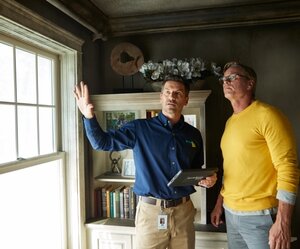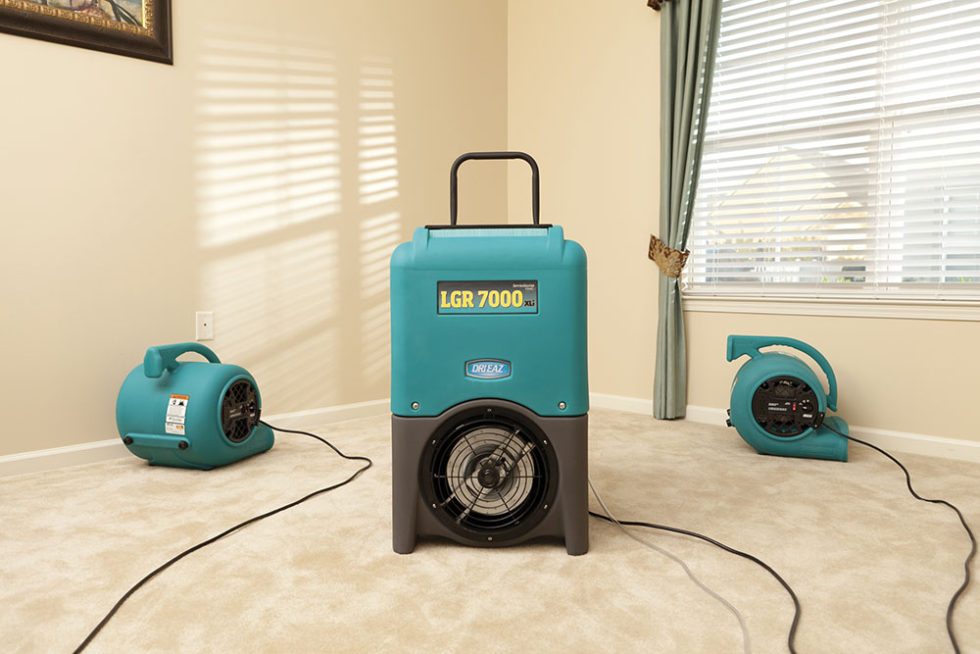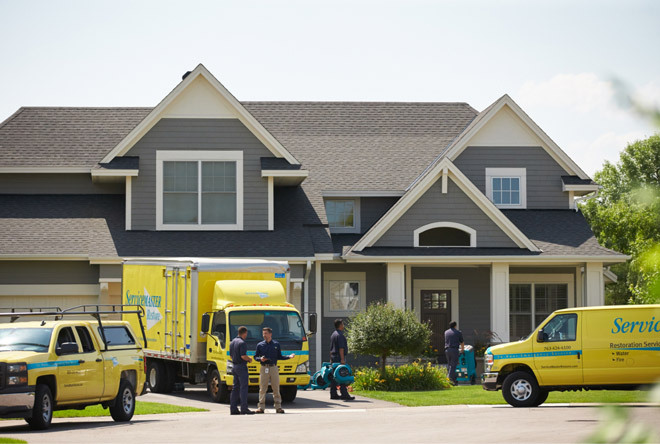Water Damage Restoration Services in Seattle
Seattle’s #1 Water Damage Restoration Services – Fast, Professional, and Hassle-Free!
At ServiceMaster of Seattle, we specialize in water damage restoration services in Seattle, WA, helping homeowners and businesses recover quickly from unexpected water-related disasters. Partnering with ServiceMaster SRS, which serves Everett and Northern Seattle, we provide comprehensive restoration solutions throughout the region. Whether your property has suffered from heavy rainfall, flooding, plumbing failures, or roof leaks, immediate action is crucial to prevent further damage. Our experienced professionals use advanced technology and proven techniques to restore your home or business efficiently and effectively.
if you're looking for water damage restoration in seattle, our team is ready to help. You can contact us online or call us today at (425) 905-2878!
24/7 Emergency Response for Water Damage Restoration
Water damage can occur at any time, which is why ServiceMaster of Seattle offers around-the-clock emergency services. Our 24/7 response team is ready to handle any situation, no matter how large or small. The faster the response, the more we can limit water damage and reduce potential secondary issues such as mold growth.
When you contact us for emergency water damage restoration, we immediately deploy our technicians who will:
- Assess the damage and identify the source of the water intrusion.
- Extract any standing water and begin drying out affected areas.
- Use advanced equipment like dehumidifiers and air movers to remove moisture from walls, ceilings, and floors.
- Repair and restore your property to its pre-loss state.
By addressing the situation quickly, we ensure that your property is protected from further destruction and that your recovery is as swift and smooth as possible.
Water Damage Cleanup: Why Professional Help is Crucial
While some homeowners may attempt to handle water damage cleanup themselves, there are many reasons why professional assistance is the better choice. Water damage restoration services in Seattle, WA go beyond just removing standing water—they ensure that moisture doesn’t lead to further complications, such as mold growth, structural weakening, and potential health risks.
Attempting DIY restoration without the proper equipment can result in inadequate drying, leaving behind moisture that causes hidden damage or mold growth. The professionals at ServiceMaster of Seattle are equipped with state-of-the-art tools and expertise to handle even the most complex water damage scenarios. We ensure that all water is removed, and all affected materials are properly dried, sanitized, and repaired.
Don’t Wait! The Longer You Delay, the Worse the Damage Gets! – Call our 24/7 team to start your recovery today.
Steps to Take Before Calling a Professional
If you are dealing with water damage, it’s essential to act as quickly as possible to minimize the effects. Before you contact a restoration expert, there are several steps you can take to help:
- Turn off the electricity: If water has entered areas with electrical outlets or appliances, shut off the power to avoid electrical hazards.
- Wear protective gear: Rubber gloves and boots are important to protect you from contaminants that may be present in the water.
- Remove standing water: If the area is flooded, use a mop, towels, or a wet/dry vacuum to remove as much standing water as possible.
- Open windows and doors: Increase ventilation by opening windows and doors (if safe) to help with drying and to reduce humidity.
- Call ServiceMaster of Seattle: Once the immediate risks are addressed, call us for professional water damage restoration.
Water Damage Restoration Checklist
To help you understand the restoration process, here’s a checklist of key tasks our team handles during water damage restoration:
- Inspection and Damage Assessment: We inspect your property to determine the extent of water damage and identify areas that need attention.
- Water Extraction: Our team removes standing water using powerful pumps and vacuums to prevent further damage.
- Drying and Dehumidification: Using industrial-grade dehumidifiers and air movers, we thoroughly dry out the affected areas.
- Cleaning and Sanitizing: We clean and sanitize your property to remove any contaminants that may have been introduced by the water, preventing mold and mildew.
- Restoration and Repairs: We repair or replace damaged structures, such as drywall, flooring, and insulation, and restore your home or business to its original condition.

Protect Your Property from Costly Water Damage! – Request a professional inspection and mitigation plan now.
Why Choose ServiceMaster of Seattle?
Choosing ServiceMaster of Seattle means choosing a company that prioritizes your safety and peace of mind. Our technicians are highly trained and experienced in water damage restoration, with the ability to handle any size job. We work with your insurance company to ensure that the claims process is as smooth as possible and provide ongoing communication throughout the restoration.
- Fast, 24/7 Response: We understand how time-sensitive water damage can be and provide fast, reliable service any time of day or night.
- Advanced Equipment: Our team uses cutting-edge technology to quickly and effectively restore your property.
- Insurance Assistance: We’ll help you navigate the insurance claims process and ensure all necessary documentation is provided for coverage.
Preventing Future Water Damage
After water damage is restored, preventing future occurrences is key to long-term property protection. ServiceMaster of Seattle offers ongoing inspections and maintenance services to identify potential water vulnerabilities in your home or business. By addressing issues like poor drainage, leaky roofs, or faulty plumbing early on, you can avoid costly water damage down the line.
To learn more about safeguarding your property, check out our blog, How to Protect Your Home from Water Damage, for practical tips and expert advice. We also recommend installing sump pumps and improving your drainage systems to protect your property from future floods.
Contact Us Today
For professional water damage restoration services in Seattle and the surrounding areas, ServiceMaster of Seattle is here to help. We provide comprehensive restoration services to address water damage, no matter the scale or complexity.
Frequently Asked Questions
1. How quickly should I respond to water damage in my home or business?
It’s crucial to act within the first 24-48 hours to prevent further damage and mold growth. The sooner you call a professional, the more effectively we can mitigate the damage.
2. What causes water damage in Seattle properties?
Common causes include heavy rain, flooding, burst pipes, roof leaks, and plumbing failures. Seattle’s rainy climate makes it especially important to address water issues promptly.
3. Will my insurance cover water damage restoration?
Most homeowners and commercial insurance policies cover water damage caused by sudden or accidental events, such as burst pipes. We can work directly with your insurance company to streamline the claims process.
4. How long does the water damage restoration process take?
The timeline varies depending on the severity of the damage, but most jobs are completed in 3–7 days. We provide a detailed plan and timeline after our initial assessment.
To schedule water damage restoration services in Seattle, Woodinville and surrounding areas call us today at (425) 905-2878 or contact us online.





